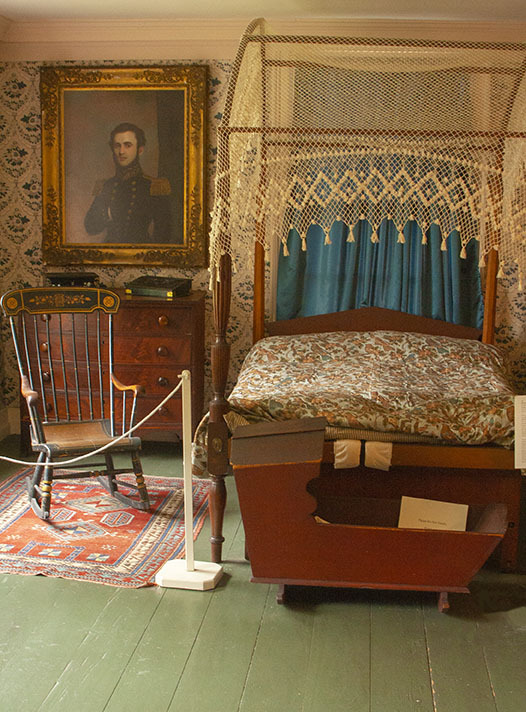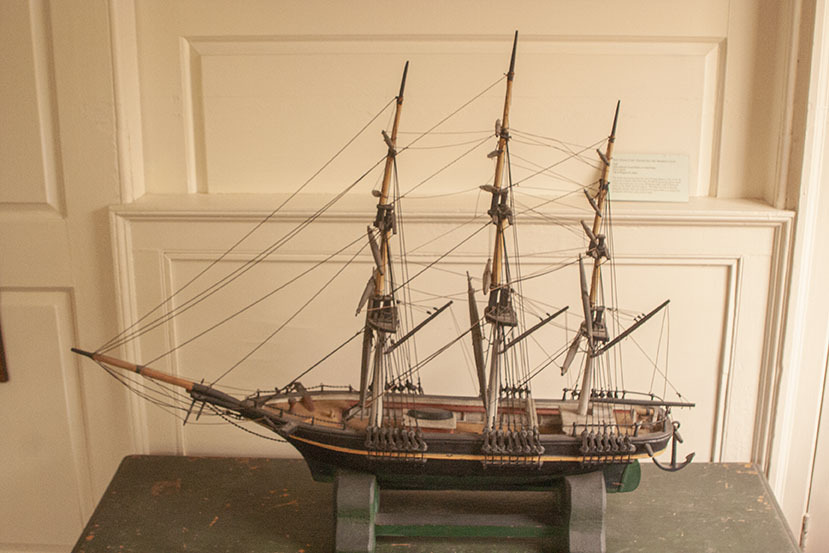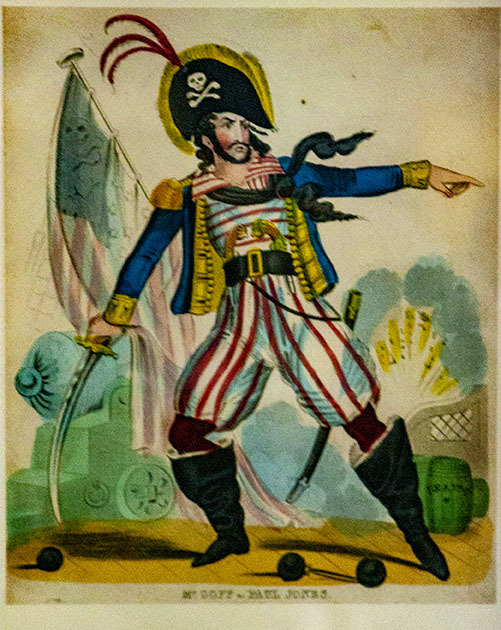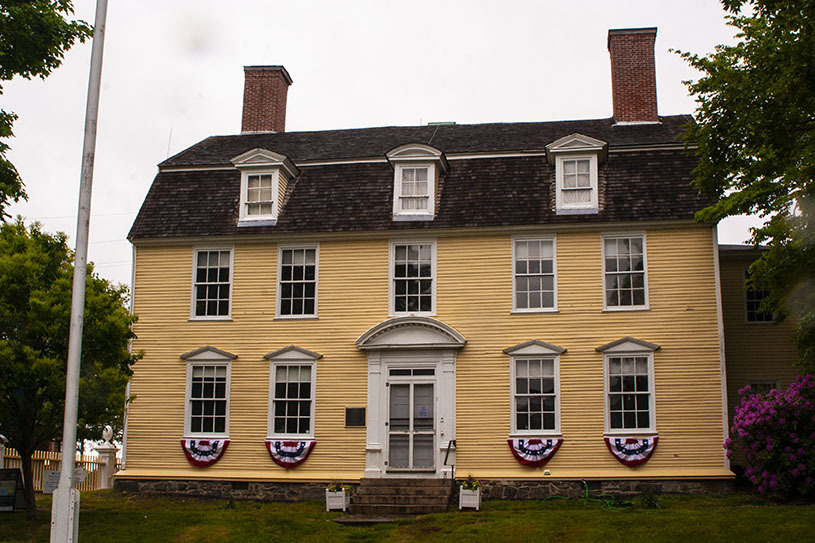By Mike Anderson
Portsmouth is celebrating its 400th year, and one great way to appreciate this history is to tour the city’s historic house museums. The Pulse is pleased to offer reviews of these fascinating homes, beginning with the John Paul Jones House, a 1758 mansion that has operated as a museum since 1920. Unlike many historic house museums, this home and its collection do not focus on one historical period, but on the history of Portsmouth. Visitors learn about the house, its inhabitants, and the lives of Portsmouth citizens through the centuries.
Sea captain Gregory Purcell built the house for himself and his wife, Sarah, and may have hired a mixed-race carpenter, Hopestill Cheswell, for its construction. Gregory died in 1776, leaving Sarah in debt, and she converted their fine home into a boarding house.





John Paul Jones probably stayed here during his visits to Portsmouth. He came in 1777 to oversee the outfitting of the sloop Ranger, which he sailed to England to conduct raids on the coast. He returned in 1781 to supervise the work on the America, which he expected to command as captain. No documents confirm Jones’s presence as a boarder here, but it was the finest boarding house in town, and nothing less would do for someone of Captain Jones’s status.
One room in this mansion-turned-museum is devoted to Jones’s memory, and presents two views of him. Americans saw Jones as a hero, especially after his attack on the British coast. The British saw him as a pirate and traitor. The Jones room contains contemporary depictions of the famed captain from both perspectives.
The rest of the house showcases objects from Portsmouth’s history. These include Portsmouth-built furniture; nautical instruments and seafaring artifacts (including a sword and a peg leg); portraits of local citizens; ornate samplers; fine china; and one large, wooden bathtub.
The collection is a bit eclectic. The John Paul Jones House became a repository for
Portsmouth heirlooms and antiques when the Portsmouth Historical Society formed to save it from demolition. People in town brought items that had been handed down through generations and donated them to the new museum. The house’s contents, therefore, have a great deal of variety, from a collection of walking sticks and teapots to what may be the oldest piano in America. Some items have great historic value, such as the documents signed by royal governors; others, such as the unsigned portraits of unknown individuals, serve to pique one’s curiosity.
Two display areas feature more specific content. A gallery on the first floor offers exhibitions that may change seasonally. The current exhibition, “Captain, Celebrity, Cliché,” features flags, posters, movie advertisements and other collectable paraphernalia related to Captain Jones.
Upstairs, a large room contains a permanent exhibition on the Portsmouth Peace Treaty. Here, visitors can learn about the Russo-Japanese War and the treaty that ended it. There are some objects from the treaty negotiations and a large amount
of printed information about them.
The John Paul Jones House, located at 43 Middle Street in Portsmouth, is open daily from 11 a.m. to 5 p.m., from Memorial Day to Indigenous People’s Day. Admission for adults is $10 and $5 for Portsmouth residents, students and seniors. More information can be found at: John Paul Jones Historic House Museum | Portsmouth Historical Society (portsmouthhistory.org)










